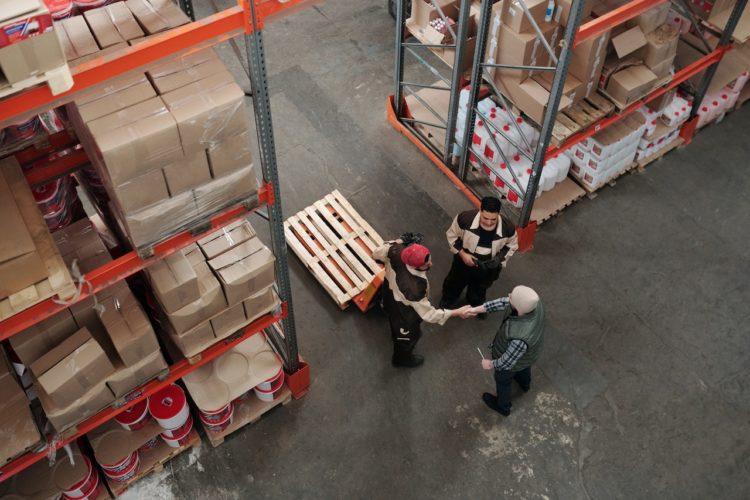Distributors play a critical role in the supply chain, acting as intermediaries between manufacturers and end-customers. They ensure that products are delivered to their intended destinations in a timely and efficient manner, making them an indispensable player in the complex web of the supply chain industry.
Their responsibility to deliver will only expand to accommodate APAC’s growing logistics market, which is expected to increase by US$169.35 billion from 2021 to 2026, with a CAGR of 6.26%. This growth is fuelled by several factors, including the rise of e-commerce and international trade.
However, distributors are consistently faced with various challenges – from supply chain disruptions, and rising energy costs, to labour constraints and increasing customer expectations. Any disruptions in a volatile market could impact operations at scale, affecting the availability of materials, pricing, and the ability to fulfil orders efficiently. Such a challenging business environment makes it necessary for distributors to adapt quickly to changing market conditions.
Many distributors have already adopted artificial intelligence (AI) to address these challenges. But with the constant evolution of technology, what future possibilities lie ahead for AI, and how might distributors reap the benefits of AI and thrive in an increasingly competitive landscape?
Future of AI: Autonomous, improved forecasting and increased savings
The future of AI holds significant potential for distributors. Think fewer supply chain disruptions, and improved capacity to manage higher demand, all without the need for more labour. Distributors will be better equipped to navigate and respond swiftly to market changes and thrive in an increasingly competitive landscape.
One area where the use of AI is already being implemented successfully is efficiency – helping distributors better anticipate uncertainties and save on operating costs. However, more can be done with advanced AI to further improve interoperability and efficiency.
A major issue faced by distributors is the lack of a unified and centralised system. Various connections throughout the supply chain work with disparate data sources, terminologies, and processes, resulting in a persistent lack of visibility and transparency.
This leads to further delays in identifying issues, from inventory shortages to production bottlenecks, and impedes the company’s ability to respond promptly.
Advanced AI can not only connect these complex systems but also adapt and self-regulate by simulating multiple scenarios. Through machine learning (ML), these advanced systems can conduct comprehensive business impact analysis to determine the most suitable course of action. Businesses can then better anticipate delays, act swiftly to address anomalies and save costs in the long run.
Better customer service and relationships
Improved AI models can also enable distributors to better anticipate the future needs of customers based on past and present activity. For example, product recommendation engines can suggest complementary products to improve the overall customer experience.
Distributors can also solidify partnerships with customers by implementing an integrated supply or vendor-managed inventory (VMI) relationship. Coupled with IoT and automation, distributors can ensure that critical inventory is always available to the customer, fostering long-term customer loyalty. This not only improves customer satisfaction but also increases retention rates, giving distributors a competitive edge over others.
Alleviating manual labour with automation
Distributors can harness the potential of cloud-based solutions to distil large amounts of data into actionable insights. For example, implementing an accounts receivable automation can go beyond generating and sending invoices; it can also involve intelligent analysis of payment patterns, optimising cash flow, and predicting potential delays to proactively address issues.
Robotics and warehouse automation systems equipped with AI algorithms can also increase productivity, allowing employees to direct their time to more important tasks. For example, the use of autonomous vehicles and drones can become more common in the future, improving last-mile delivery and eliminating costly manual labour.
Looking ahead, advanced AI will play a pivotal role in redefining the distribution landscape, ushering in a new era of certainty and efficiency. With improved forecasting capabilities and the seamless integration of disparate systems, businesses can leverage AI to gain a competitive edge, even amidst volatile conditions, and position themselves at the forefront of the industry. It is becoming clear that AI is beginning to set the stage for a new era of distribution.





